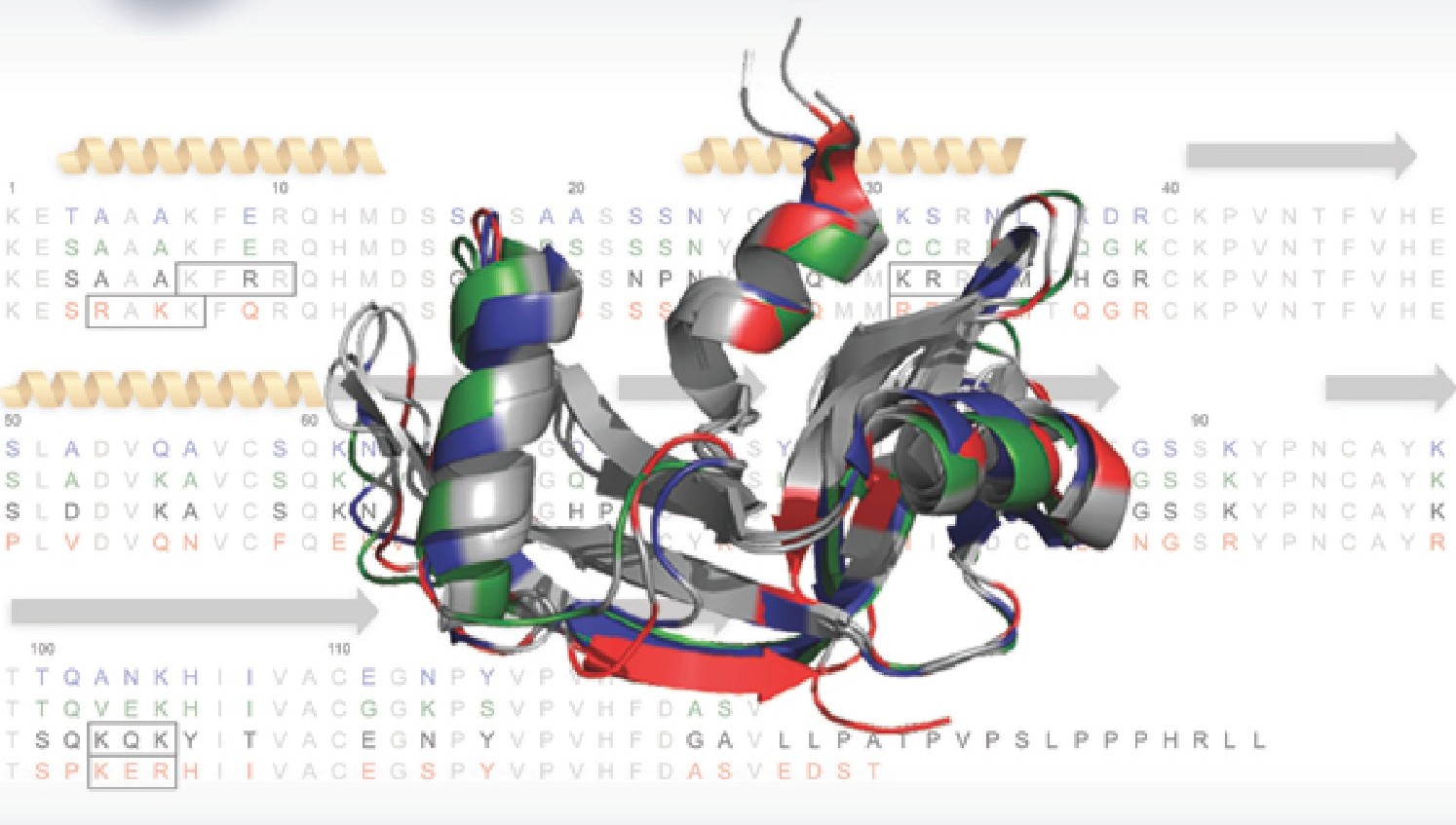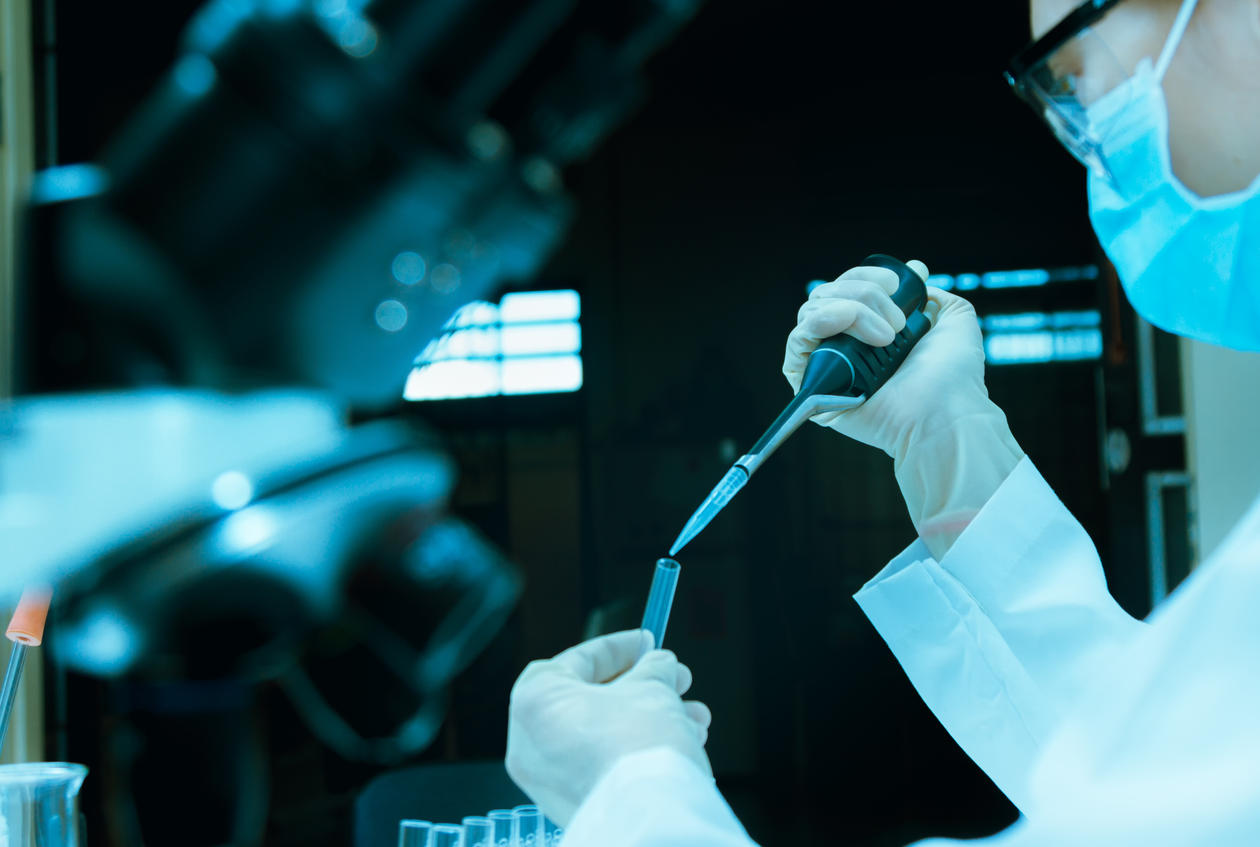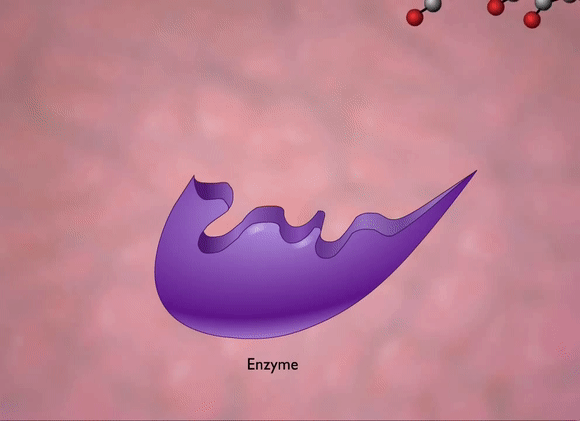Objective of Course :
The main objective of this course is to help the students attain the basic knowledge on energy transformations in biological systems as well the key role played by enzymes in metabolisms. To prepare students work confidently on enzyme systems by integrating practical aspects with theory.
Learning Outcomes :
On completion of the course the student will be able to do the following :
CO1. Student will be able to understand how these biomolecules (which they studied in the previous year) will be able to give energy for the systems.
CO2. Understand the first and second laws of thermodynamics and how they impact evolutionary trends.
C03. Attain knowledge on biomolecular interactions.
CO4. Understand the roles of ATP and reduced cofactors in shuttling energy and electrons around within cells.
CO5. Knowing about enzymes and their mode of actions will help in better understanding of metabolisms.
CO6. Learning the basics aids in better handling of enzymes in vitro.
CO7. Will be able to plan and execute an enzyme assay.
CO8. As assaying of enzymes is key in drug discovery and clinical identifications, student will be able to understand or assess the metabolic disorders.

- Teacher: Dr. PRATHYUSHA YAMARTHI
Objective of Course :
The main objective of this course is to make student understand the industrial importance of enzymes and their purification methods.
Learning Outcomes :
On completion of the course the student will be able to do the following:
CO1. Select appropriate methods for isolation, purification and characterization of enzymes.
CO2. Comprehend the applications in enzyme catalysis and design the methods for the creation of novel enzymes
CO3. Illustrate immobilization techniques and their applications
CO4. Design, conduct experiments, analyse and interpret results related to enzyme reaction kinetics

- Teacher: Dr. PRATHYUSHA YAMARTHI
Course Summary
Biochemistry explains in detail about the various biochemical reactions taking place in our body systems and also explains the biomolecules involved in these reactions to provide us the metabolic results with energy and other by-products useful for the functioning of the body. Biostatistics helps us to evaluate and correlate the scientific research data generated in any of the experiments and research field. It explains the basic concepts and their application in the research for the smooth functioning as well as for scientific evaluation.Course Objectives
- To learn the basics of biomolecules, structure, differentiation and their functions
- To learn the role of biomolecules in Enzymes and their role in metabolism.
- To understand the bioenergetics during the metabolism and their byproducts
- To understand the principles of various instruments used in the analysis of biomolecules
- To understand the concepts and basics of biostatistics for data analysis
Course Outcomes
CO 1: Students will be able to understand the basics of biomolecules.
CO 2: This would help them to learn about the biomolecules with their differentiation relating to their function in the body.
CO 3: It would help them to differentiate between various biomolecules such as carbohydrate, amino acids, proteins, lipids, fatty acids.
CO 4: Based on the different biomolecules they would learn about the enzymes and their role in metabolism
CO 5: It will help them to understand the biochemical reactions involved in the metabolism for the generation of energy and their by-products with their diversification in the human body systems
CO 6: Students will be able to understand the basic principles of colorimetry and UV-spectrophotometry used for the analysis of the biomolecules and also able to explain the principles of chromatography
CO 7: Students will be able to describe the basic concepts and application of Biostatistics used in the field of life sciences for various research data analysis
CO 8: Students would learn about the measures of central tendency, measures of dispersion, probability, the test of significance, correlation, regression, t-test, chi- square test and ANOVA.
- Teacher: Dr. SRINATH NAGANATHAN